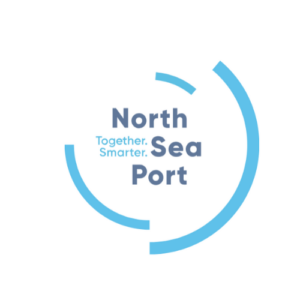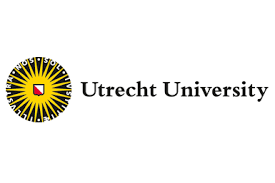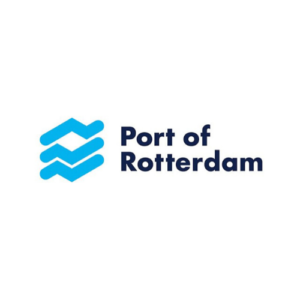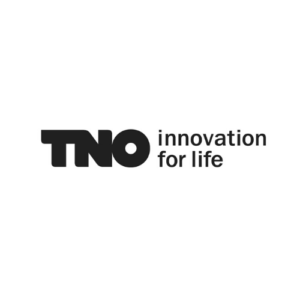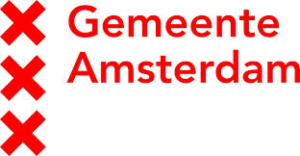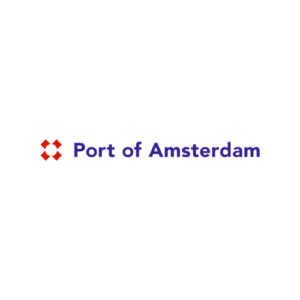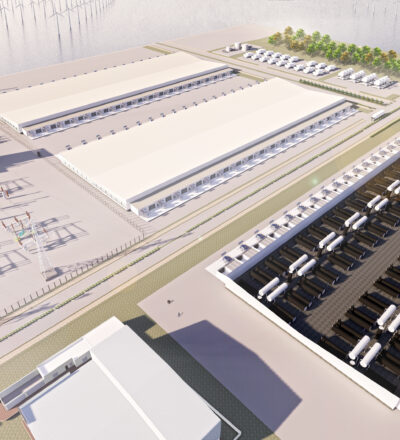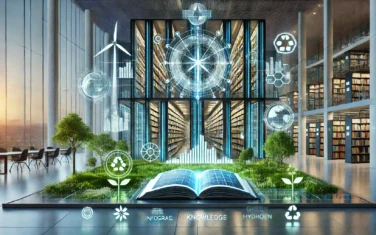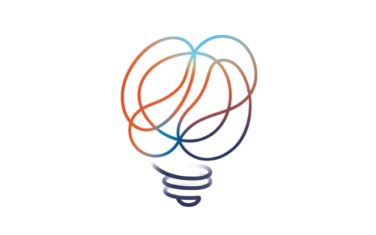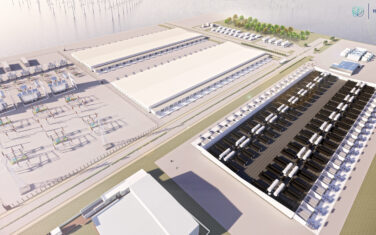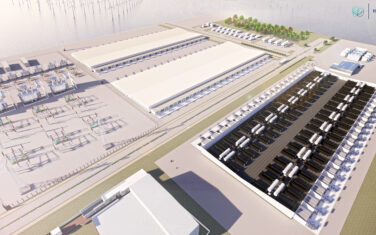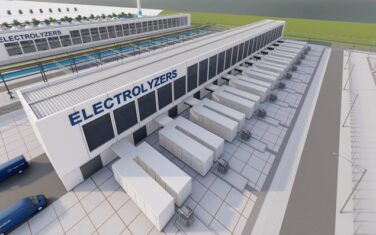The Hydrohub Gigawatt Scale Electrolyser project has been working on the question of how a a large electrolysis plant in any of the 5 main industrial clusters in the Netherlands will look like. Recently, we published an advanced design of a 1 gigawatt green-hydrogen plant.
In short:
- Hydrogen production via electrolysis is currently done at 1 MW scale
- To match the demand for hydrogen in the Dutch industry we need at least 1 GW scale
- In 2022 the project published a blueprint of a green hydrogen plant at large scale
Hydrogen plays an important role in the energy transition
In the energy system of the future, renewable electricity plays a key role. The most important technology in this value chain is the production of green hydrogen via electrolysis. The transition to renewable energy feeds the platform for green value chains with H2 as intermediate for products (e.g. via the syngas platform or the ammonia platform), for mobility and for heating.
Large scale electrolysis
Hydrogen production via electrolysis is currently done only at 1 MW scale. However, to match the demand for hydrogen in the Dutch industry and to play a significant role in buffering the future intermittent power supply, a significant scale up is required of the electrolyser capacity at least to the 1 GW scale.
The Hydrohub Gigawatt Scale Electrolyser project consists of 3 parts:
- Researching the potential for large scale electrolysis
- Baseline design of 1 GW electrolysis hydrogen production
- Advanced design and investment costs of an 1 GW green hydrogen plant
A green hydrogen factory is within reach
Today, we are an important step further towards a Dutch hydrogen economy. In 2022 we proudly presented the design for an innovative and advanced green hydrogen plant at gigawatt scale.
Take a VR tour in a green hydrogen plant
Take a VR-tour to see how a GW green hydrogen plant would look like and what technologies are used.
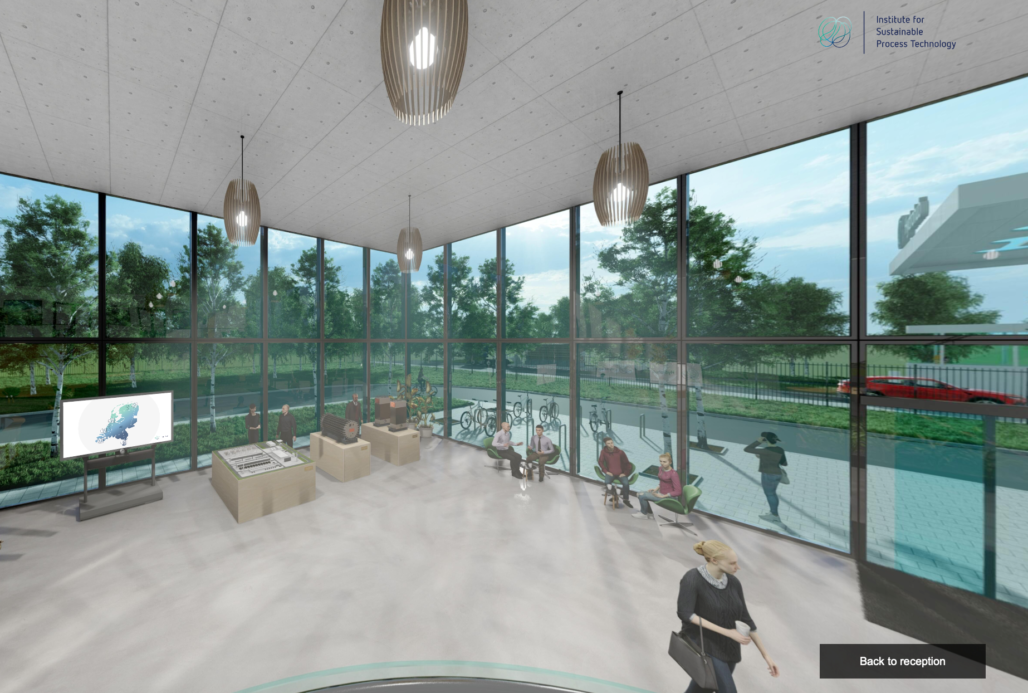
Als interesting to read
- Groene waterstoffabriek op industriële schaal komt binnen handbereik
- Ontwerp waterstoffabriek gaat de wereld over
Join our LinkedIn-community on hydrogen.
The potential for large scale electrolysis (part 1 – inventory)
A partial study revolving around the required space for a gigawatt-scale electrolysis plant, the required infrastructure, and the hydrogen demand at a large number of potential locations. Experts from industry, energy infrastructure and regional government of all 5 industrial clusters contributed to the study. They convened regularly to map out the possibilities and requirements for gigawatt scale hydrogen production. This was the first time that such an inventory has been carried out on a national scale.
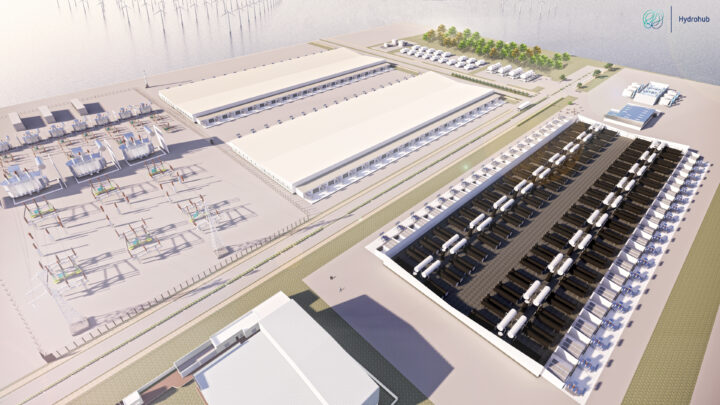
Gigawatt green hydrogen plant (baseline design – part 2)
For each of the 5 industrial regions of the Netherlands we have assessed the potential for large scale electrolysis. We have identified locations, assessed the infrastructure for electricity, water and hydrogen, as well as the current and future demands for hydrogen. Adding to this, we have looked at the potential for residual heat usage.
There is a sense of urgency for green hydrogen to achieve the European Green Deal and realise Europe’s clean energy transition. The EU ambition is to install at least 40 gigawatt (GW) of renewable hydrogen electrolysers by 2030, producing up to 10 million tonnes of renewable hydrogen. Clearly, this requires upscaling of water electrolysis technology. The current state-of-the-art is at 10 megawatt scale, whereas GW scale green hydrogen plants are needed.
We have prepared a baseline design with a cost breakdown to assess the economics of a GW green hydrogen plant which can be built in 2020. This design was completed for both Alkaline and PEM electrolyser technology. The results were presented during the online webinar ‘Moving electrolysers into the gigawatt scale’.
Electrolysis plant: advanced design and Total Installed-Capital Costs (part 3)
What it would take to produce green hydrogen on an industrial scale? What could a one-gigawatt green hydrogen plant look like? And what will it cost?
We present the technical design and the associated total investment costs of a 1 GW green hydrogen plant that would be built, and up and running, in a Dutch port area by 2030. This project shows that anticipated total investment cost levels of 730 €/kW for AWE and 830 €/kW for PEM are within reach.
The CAPEX required will be about half of what would be required for the 2020 state-of-the-art design. To come to this cost reduction, several improvements have been made to the state-of-the-art 2020 design. We incorporated innovations at the stack level, scaling up to larger stacks and modules, and came up with optimizations for, and other improvements to the electrical installations, utilities, and balance of plants.
- Report with results for potential investors and stakeholders
- Report A 1 GW Hydrogen Plant: Advanced Design and Total Installed-Capital Costs

You might also be interested in
Acknowledgement & partners
This project is co-funded by TKI-E&I with the supplementary grant 'TKI- Toeslag' for Topconsortia for Knowledge and Innovation (TKI’s) of the Ministry of Economic Affairs and Climate Policy.
